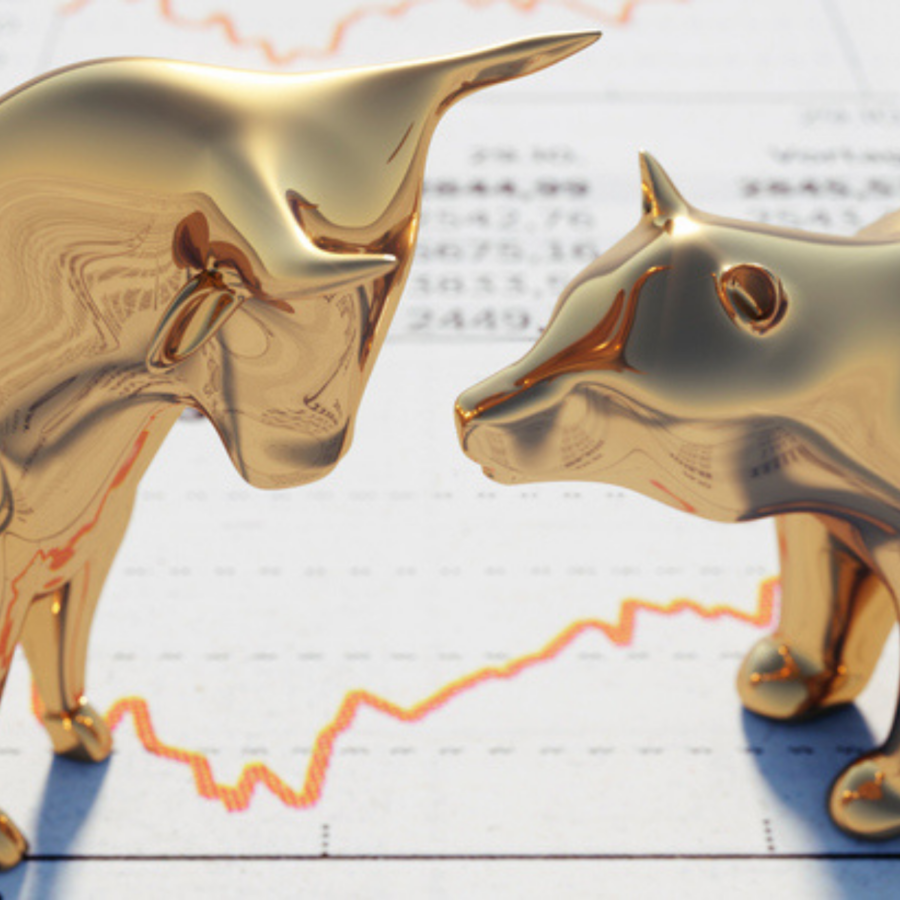Bulls and Bears: Why central banks should stabilize the stock market
My paper, Pricing Assets in a Perpetual Youth Model, was recently published in the Review of Economic Dynamics. The paper uses mathematics to make a point. But the idea is simple and worth explaining in English. Here is what I said about it when I first put out the working paper in May of 2016.

My paper, Pricing Assets in a Perpetual Youth Model was recently published in the Review of Economic Dynamics. The paper uses mathematics to make a point. But the idea is simple and worth explaining in English. Here is what I said about it when I first put out the working paper in May of 2016.
The paper constructs a formal mathematical model to capture the idea that free trade in capital markets does not lead to optimal outcomes. We would all be better off if national governments were to regulate the capital markets through counter cyclical trades of debt for equity.
Ever since Adam Smith, economists have sought to explain why market systems provide outcomes that improve our lives. If I have a good that you want and you have a good that I want, we should be allowed to exchange one good for the other. The power of that idea was demonstrated most recently by the growth of China as 1.5 billion Chinese were pulled from poverty by the move from social planning to a market economy.
The benefit of free exchange is captured by economists in the theory of general equilibrium. That theory, developed by Walras and Pareto in the nineteenth century, was atemporal. The market takes place at a single point in time. In modern macroeconomics, exchange takes place in a sequence of markets and the trades we make are with people we may never have met. Each human being is connected with every other human being on the planet. From the urban centers of London, Paris, Tokyo and New York to remote areas like the Brazilian rain forest and the Australian outback; we are connected by free trade in markets. And through free trade in the capital markets, we are connected with people who are not yet born.
The most important idea to emerge from Adam Smith is, in the immortal words of Gordon Gekko, that ‘greed is good’. Selfish behavior by greedy people seeking to improve their own lives will, inevitably, improve the lives of everyone else on the planet. That idea is encapsulated in the first welfare theorem of economics which explains why markets, most of the time, work well. So why doesn’t that idea apply also to the financial markets?
The answer is simple. For markets to work well, everyone affected by price movements must be able to trade in those markets. The first welfare theorem does not apply to the financial markets because not everyone is alive to participate in them. We cannot trade in markets that open before we are born.
I show in my published paper that the fact that we cannot insure over the state we are born into can explain why markets are so volatile. Markets go up and markets go down simply because people become enthused with waves of optimism or waves of pessimism. Most, if not all, stock markets movements are caused by contagious waves of self-fulfilling prophecies and we would all be better off if they were eliminated by treasury or central bank intervention.

















